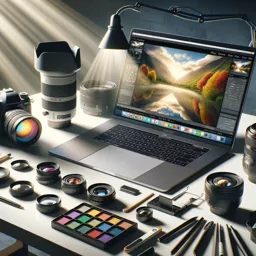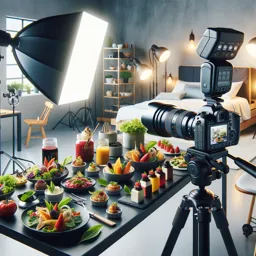What Is Architectural Photography
Architectural photography focuses on the aesthetic representation of buildings, interiors, and structures. It transcends simple documentation by capturing the beauty, design, and function of spaces—translating the architect’s vision into engaging visuals.
The Importance of Perspective
Perspective is crucial in architectural photography. The angle and position from which you shoot can significantly impact the way a building is perceived. Experimenting with different heights and viewpoints, such as shooting from low angles or straight-on, helps showcase the architecture’s design and proportions.
Lighting: Showcasing Structure and Texture
Lighting plays a pivotal role in emphasizing textures, lines, and shapes. Natural light during early morning or late afternoon (known as the golden hours) often creates dramatic shadows and illuminates details. Control over light, whether natural or artificial, allows you to highlight architectural features beautifully.
Composing the Perfect Shot
Strong composition transforms a photograph from ordinary to extraordinary. Look for leading lines, symmetry, frame-within-frame elements, and unique architectural details. Consider including people for scale but ensure the architecture remains the primary subject.
Essential Equipment for Architectural Photography
- Camera: A camera with manual controls allows precise exposure and focus adjustments.
- Wide-angle lens: Ideal for capturing expansive exteriors or tight interiors without distortion.
- Tripod: Ensures stability for long exposures and sharp images.
- Tilt-shift lens: Useful for correcting perspective distortions.
Post-Processing for the Finishing Touch
Editing architectural photos can enhance colors, correct perspective, and emphasize features. Software like Adobe Lightroom or Photoshop helps fine-tune contrast, saturation, and sharpness, but always aim to preserve the realism and intention of the original structure.
Conclusion
Architectural photography is a blend of technical skill and artistic vision. With a keen understanding of perspective, lighting, composition, and the right equipment, you can create powerful images that convey the spirit of the spaces we inhabit.
































